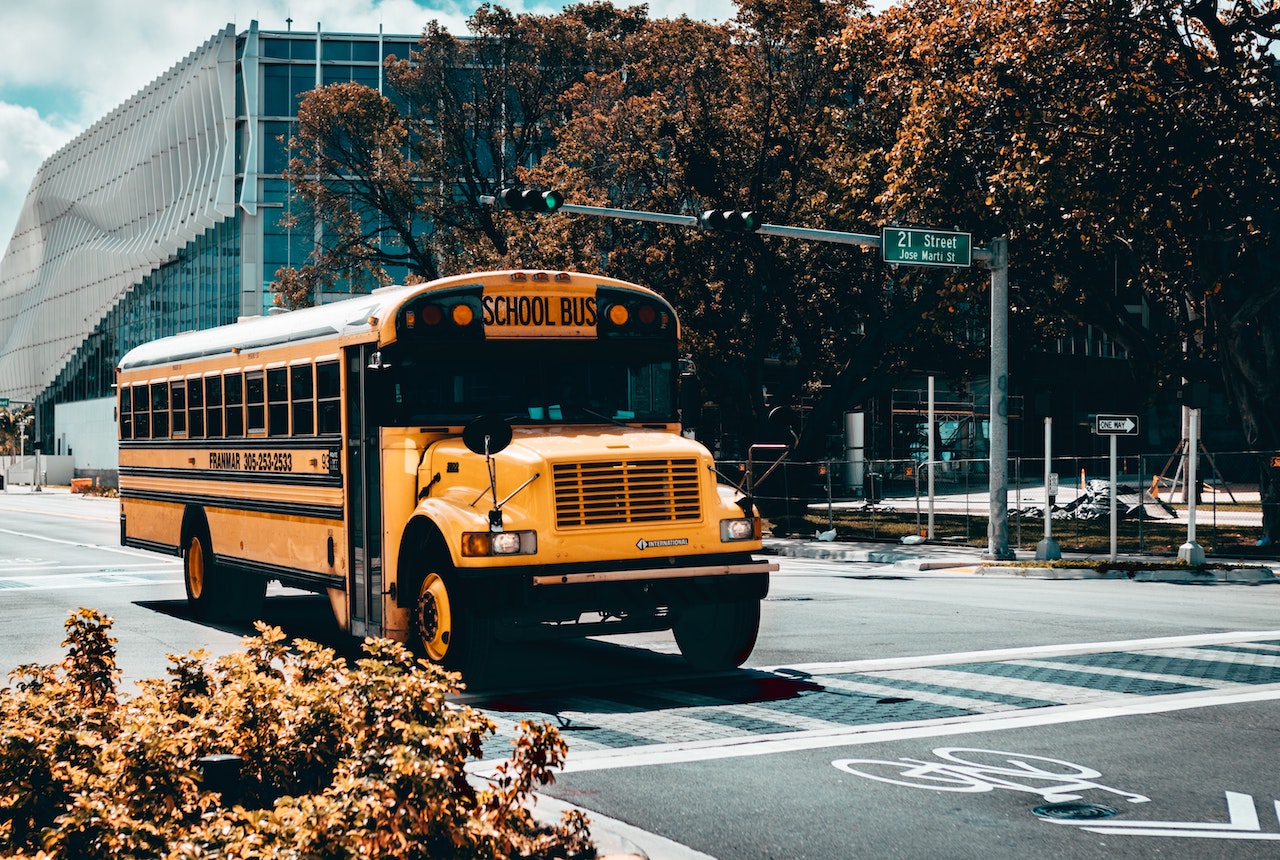
With public parks and schools closed for the majority of this past year, many parking enforcement regulations like street parking and school zone policies were put on pause. However, as parks reopen and a new school year has begun, it’s important for everyone to keep in mind that enforcement isn’t a thing of the past and now resumes despite its suspension during the pandemic. As we head into the school year, enforcement officers are ready to strengthen their enforcement strategies within school communities to minimize crowding, ensure seamless flow of traffic, and keep students and staff safe.
With parking rules now back in place, increasing signage is essential to ensure compliance and keep parkers well-informed. With larger crowds expected in school zones, having a robust parking management system in place will also help to safely manage the increase of students and staff, while upholding physical distancing measures. Here are some of the best practices to consider as the school year begins:
Allocated pick-up and drop-off
School zones and parking lots can become heavily crowded in the morning as children arrive and in the late afternoon during pick-up times. For elementary schools and high schools, having clear pick-up and drop-off areas is fundamental to direct parkers and ensure that everyone has a designated spot, even for a short period of time. This improves the flow of traffic, makes way for buses and keeps the roads open for other drivers to safely pass through.
Designated parking for staff, students and visitors
Permit parking and gated lots have proven to be an efficient solution for accommodating parkers, especially in schools. More specifically, larger campuses such as colleges and universities are where designated parking becomes even more crucial. Having an automated parking software system will not only create a more seamless parking experience, but it will also help parking managers keep track of the number of vehicles entering their property. Given the sensitivity of the current environment, this is a great way to be vigilant and oversee physical distancing and capacity limits on property.
Time-limited parking for parks
In many neighborhoods, public parks and schools are often complementary to each other. That said, you can expect parks to become busier after school hours, leading to more people, more traffic and fuller lots during rush-hour times. By enforcing time-limited parking around these areas, parkers are likely to become more aware and accountable of the time they spend at the park, while taking physical distancing and limited capacity policies into consideration.
Having a smart parking software solution in place makes all of these best practices much easier to implement and achieve, in a cost-effective way. If you’re looking to improve parking management within your park or school property, contact Roker to learn more about how our cloud-based platform can help.
